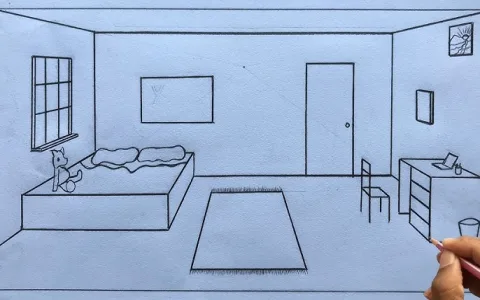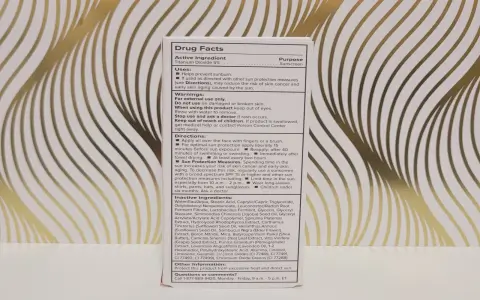Man, let me tell you, if you ever think you’re going to figure out your life problems by reading some thick psychology book written 100 years ago, you’ve got another thing coming. I spent years chasing the “right” answers, trying to map my nightmares onto some universally agreed-upon symbol dictionary. Spoiler alert: It never worked. It just made me more confused and honestly, more stressed out.
I started this deep dive into dreams not because I was bored, but because I was drowning. About three years back, I walked away from a big, secure job. The kind of job your parents tell their friends about. I did it because I was miserable, but my subconscious did not get the memo. The second I signed those resignation papers, my sleep turned into a chaotic mess. I was having these repetitive, high-stakes dreams about falling, about losing my voice, about being back in college and failing all my exams.
I needed answers fast. My mental health was circling the drain, and the standard advice—”oh, a snake means transformation”—was absolutely useless when I woke up sweating at 3 AM. I tossed every dream interpretation book I owned into a box and decided: if the experts can’t help me, I have to become my own expert. I had to build a system that was rough, ready, and immediately useful. That’s how these four tips were hammered out. They came from desperation, not academia.
Tip 1: The Brute Force Recording—No Interpretation, Just Facts
The first thing I implemented was simple, maybe even stupid simple: absolute, immediate recording. I bought a cheap voice recorder and kept it right next to the bed. I didn’t let myself move. The moment I woke up, even if I only had a flash of the dream, I hit record. I spoke out loud everything. Didn’t matter if it was fragments, colors, sounds, or just a heavy feeling. For the first two months, I ignored what any of it meant. I just captured the raw data.
I discovered something instantly: the brain lies to you five minutes after waking up. It starts editing the dream, smoothing out the rough edges, making it logical. You have to capture the chaos. This practice established my base level of input.
Tip 2: Feelings First, Symbols Can Wait
This is where I reversed engineered the entire process. I used to look up “What does water mean?” Now, I stopped caring about the objects. I focused only on the overwhelming emotional state. If I dreamed I was flying, but the feeling was intense loneliness, the dream wasn’t about freedom, it was about isolation. That’s the core message.
I trained myself to identify and label the strongest emotion present in the dream before I even looked at the script I recorded. I created a simple color-coded system in my journal: Red for Anxiety/Fear, Blue for Sadness/Loss, Yellow for Confusion/Stuck. This forced me to bypass the visual noise and get straight to the subconscious’s real complaint.
Tip 3: The Day Residue Correlation—Connect the Dots
Okay, this is the juicy bit, and the one that blew my mind. I realized that 90% of my dreams were just recycling the nonsense from the last 48 hours, but with the volume turned up. I started writing down the five most emotionally charged things that happened the day before the dream. This included mundane stuff: the argument with the guy cutting me off on the freeway, the email from my old boss I ignored, the minor leak under the sink.
One week, I kept having a bizarre dream where I was frantically trying to fix a crumbling wall in a library, but the wall was made of old sandwiches. Nonsense, right? But when I checked my Day Residue log, I saw that I had been procrastinating on a crucial technical fix for my new business website—a “crumbling foundation”—and I had skipped lunch to deal with it (sandwiches!). The dream wasn’t mysterious; it was literally my brain telling me I was building my new life on unstable, hunger-induced crap. This system made the unconscious transparent.
Tip 4: The Action Test—Do Something About It
What’s the point of interpretation if you don’t do anything? This whole exercise is practical. If a dream revealed I was avoiding confrontation (the losing my voice dream), I made a plan to have one necessary tough conversation the next day. If the dream showed me I felt unsupported (the falling dream), I reached out to three friends for coffee.
I stopped just journaling and started testing the interpretation. If I took the action suggested by the dream’s core emotion (Tip 2) and the day’s stressor (Tip 3), and my stress level actually dropped, I knew I had nailed the interpretation. If the stress stayed high, I re-examined my interpretation and tried a different action. It’s a feedback loop. You practice the change, you observe the mental calm, and then you know.
Look, I am not a shrink. I’m just a guy who had to figure out why his head was exploding every night because he quit his job. I scrapped the fancy theories and built a reliable, rough-and-tumble toolkit. These four steps dragged me out of the mental muck and gave me control back. Forget the galaxy of symbols; just focus on the messy truth your brain is screaming at you. It works better than any ten-pound book, trust me on that one.













